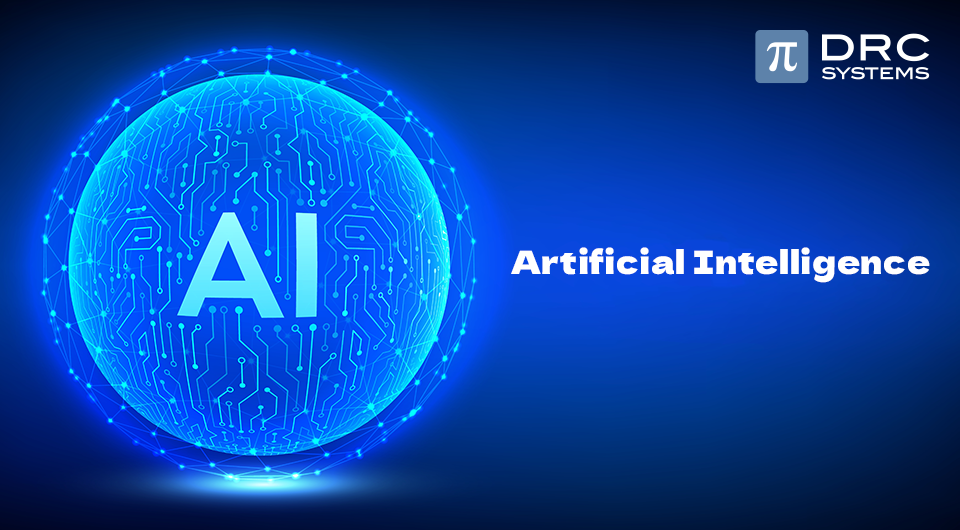Related Articles
AI in Mobile App Development: Unlocking its potential
Explore how AI-powered mobile apps can benefit your business and improve efficiency.
Read The PostHow artificial intelligence can improve your business processes
According to Accenture, AI can boost average business profitability by 38% by 2035. Businesses looking for process optimization are integrating AI.
Read The PostArtificial Intelligence in software testing: The next big game changer
Artificial Intelligence in software testing: The new game changer is here!
Read The Post


